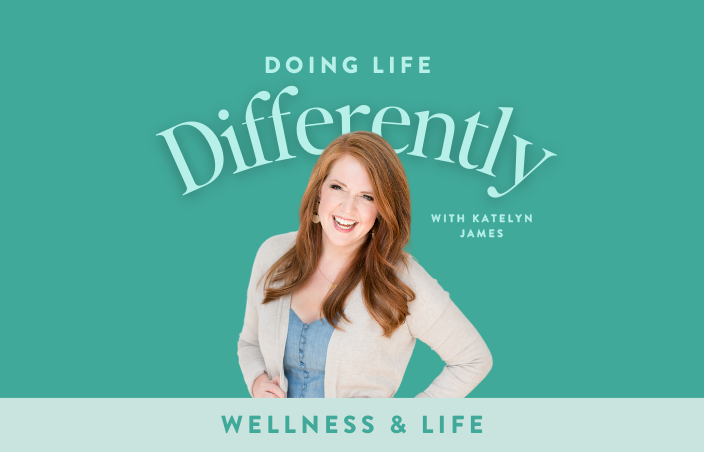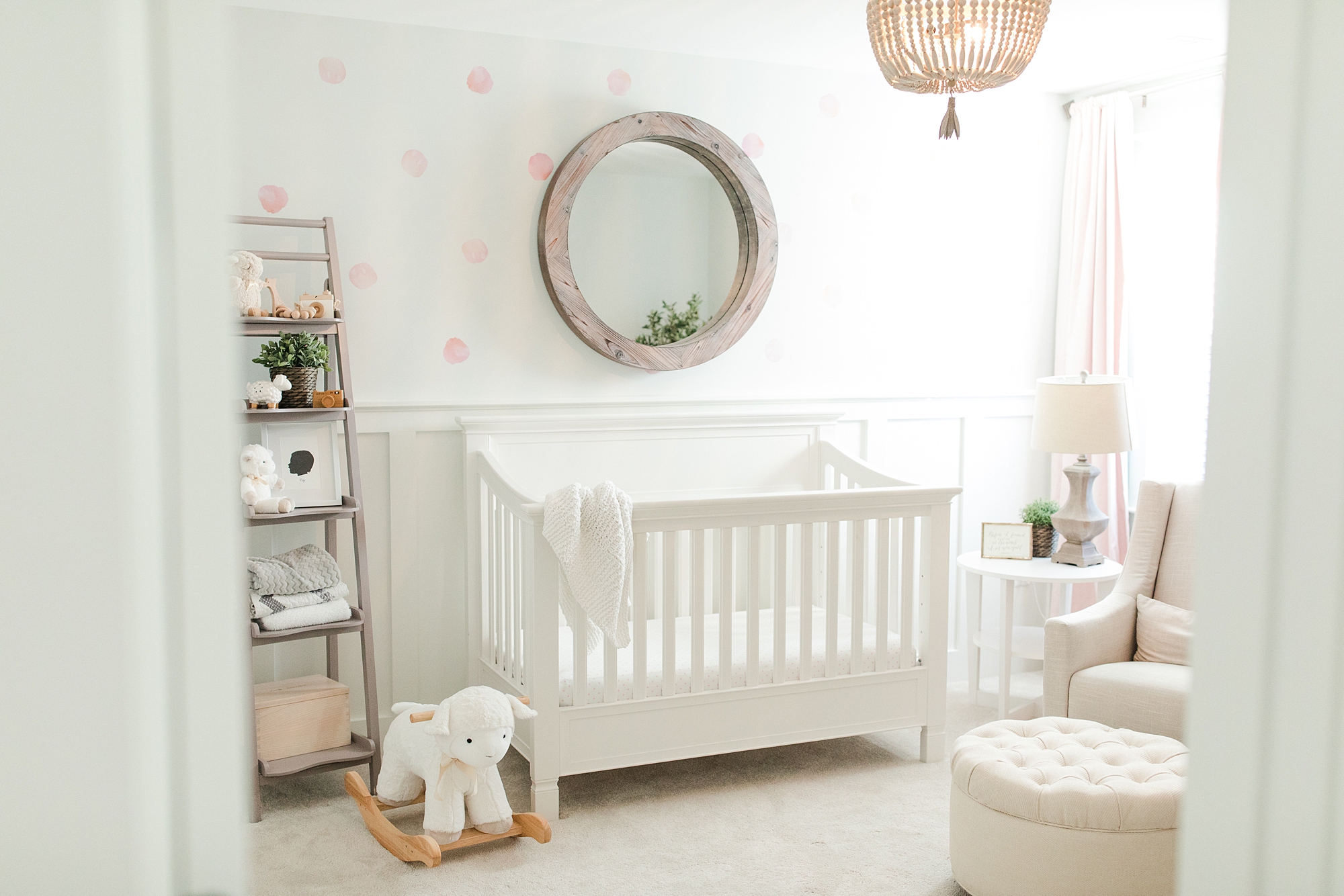
Here it is…. my first, somewhat in depth post about editing. It’s not that I don’t want to share how I edit, I really don’t mind at all. HOWEVER, I am fearful of showing newer photographers EXACTLY what I do because part of the development of my style came from learning on my own. When I first started shooting, someone told me about ACTIONS. They were magical to me. Absolutely magical. With the touch of a button in Photoshop, my blues were bluer, my greens were greener and my images were BETTER!!!…. Or so I thought. I remember shooting and glancing at the back of my screen and thinking
“Oh it’s ok that her face is dark, I’ll just brighten it up later with “Ying/Yang”…. that was one of TRA’s actions that I used to use on a regular basis. The sad thing about that thought process was that I didn’t realize what I was doing to myself. I thought it was normal to just “fix” things in Photoshop. Well, nowadays, I’m thinking much differently. My goal for that last 3 and a half years has been to NEVER need to take an image into Photoshop. If my image is only good if I doctor it up in Photoshop, then it isn’t a good image to begin with. That’s a bold statement but I think it’s true. For me, Photoshop and Actions were huge crutches that were keeping me from REALLY mastering LIGHT.
I’m not sure how it happened, but eventually I realized that my BEST images were the images that looked great SOOC. Not only were these my best images, they were also the EASIEST to edit. I could tell when I had a great shoot because I would edit those suckers at lightening speed! You see, GREAT images don’t need hours of work… they need a pop here and a temperature adjustment there… but they don’t need makeovers in Photoshop.
Now let me say this… I know that SOME photographers have a bold and dramatic style to their images and they NEED photoshop and actions to help them get that look. There’s nothing wrong with that. However, I do think there is something wrong with being DEPENDENT on photoshop to make your images look decent. If you’re in a place where you feel like you have to “SAVE” your images in Photoshop after every shoot…. then you don’t need to be reading a post about editing, you need to be learning technical shooting skills and understanding light. I say this because if you edit your way through your image issues, you will NEVER improve as a photographer. I realized this early on and I’m thankful that I didn’t spend years trying to figure out what was wrong with my images. The more I understood light, the less editing I had to do. Six months into my business, I was introduced to Lightroom. It wasn’t love at first sight… it took a while for me to understand this program…. but after I got the hang of it…. I became a new photographer. Instead of trying to use a ton of actions, I started understanding how to EDIT MANUALLY.
Ok, so we’ve all heard of shooting manually right? Well, this is the same concept. Instead of allowing Photoshop to make a ton of baby adjustments automatically with the click of an action, I started to learn the nitty gritty of basic photo editing. For Example… I wanted my images to POP!! So I thought I HAD to use the “Snap it Up” action to get that magical look. Turns out, the only thing that “Snap it up” does is adjust the tonal curves, increase the contrast and adds a little vibrance…. all of these things can easily be done in Lightroom.
I became VERY well acquainted with the editing bar in Lightroom. I started learning the difference between “Blacks” and “Darks”…. I started playing with split toning and highlight correction …and I started to really GRASP the basics of editing. THIS is when my style really started to emerge. My style became more cohesive because once I learned how to achieve the look I wanted manually, I just applied that same edit to everything I shot!! My editing was becoming easier and easier. It used to take 3-4 hours to edit an engagement session when I first started….. YIKES! That’s because I was taking EVERY image into photoshop and was trying to perfect it with actions. Now, I import into Lightroom4 and I’m done in less than an hour.
I wish I had an “easy” button for this…. but the truth is, learning how to edit well takes time and PRACTICE. It took at least a year for me to really get the hangout of it and I’m STILL learning new things!! So here’s a challenge. If you’re a photographer that only knows how to use actions, challenge yourself to replicate your actions in Lightroom. It’s TOTALLY possible!! If you have actions that have given you your “style”, figure out what exactly they are doing to your images and you’ll have SUCH a greater understanding of the editing process!!!
Photographers always ask me how I edit my images to make them SHARP… and the truth is, if it isn’t SHARP straight out of the camera, it will NEVER be SHARP. Shooting sharp, well lit images starts in-camera! I challenge everything to fall in love with Lightroom or your manual editing software of choice!! I will change you for the better!!!
Here are some images that were edited only in Photoshop with actions in 2008. I didn’t really have “control” over my style because I didn’t understand the basics of editing yet. The only thing “consistent” about my style was that it was INCONSISTENT!
These are some recent images that really show the consistency of my editing style no matter the setting, season or lighting. All of my images should have a cohesive “look” to them no matter what!








There will be more editing posts in the future but this was an introduction to the foundation of my editing. It started with a lot of PRACTICE and a lot of PATIENCE! Happy Tuesday everyone!
Thanks for reading!
— Katelyn
MORE RECENT POSTS

Have you ever tried to sit down with your spouse to talk about dreams, goals, and vision—only for it to turn into frustration or misalignment? If so, you’re not alone. Vision casting in marriage is hard because it brings up deeper fears, beliefs, and unspoken dynamics that many couples don’t even realize are at play.
Success—it’s a word we hear all the time. But what does it really mean? Is it about financial security? Status? Owning a dream home or taking extravagant vacations?


When you think about your business, do you see it as simply a job—or something more?

Today, I’m diving into an experience that was nothing like I anticipated: my digital detox in December. If you’ve ever considered taking a break from the noise of the online world, you might relate to my journey—the good, the surprising, and the, well, completely unplanned.
The wedding industry has faced unique challenges recently, with inflation affecting budgets and couples cutting costs. If you’re a wedding photographer feeling the pinch, don’t worry—2025 doesn’t have to be a slow year.


Life has a way of surprising us, doesn’t it? Over the last few months, I’ve been on a medical rollercoaster that I never saw coming.























